From Tarantino to Kubrick: Why Hollywood has always been fascinated by violence
Violence runs through Quentin Tarantino’s new book, ‘Cinema Speculation’, just as it does through his movies. Geoffrey Macnab looks at other expert practitioners of cinematic brutality, and wonders why so many of us share a morbid fascination with it
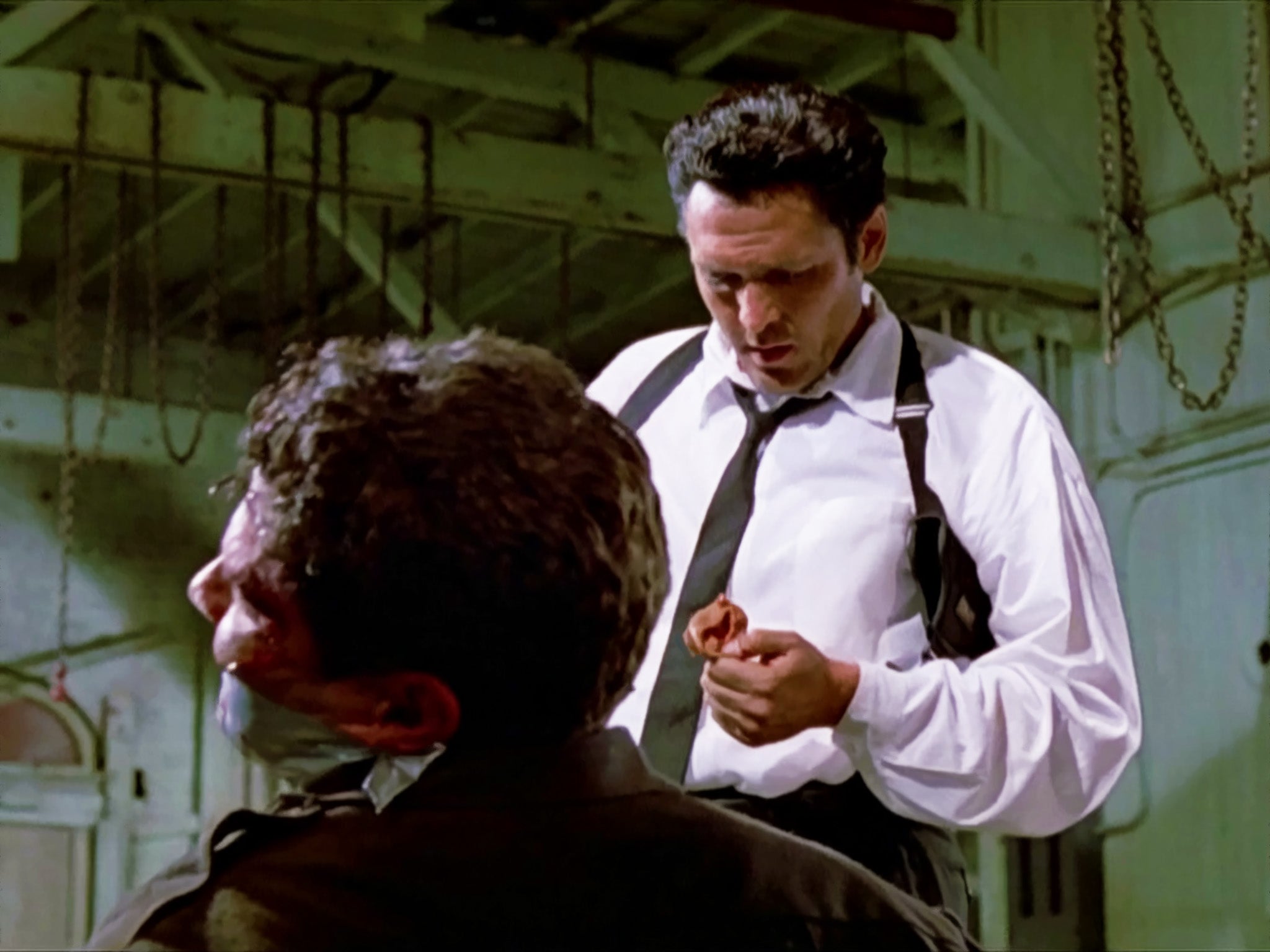
We’ve all experienced it at the cinema – the “Surely they’re not going to do that” moment, when the violence on screen makes us squirm in our seats and avert our gaze. In Luis Buñuel’s 1929 surrealist classic Un Chien Andalou, a man casually smoking a cigarette sharpens a razor and takes it to a woman’s eye. As he slits away, out spills blood and yolky fluid.
Don Siegel’s vigilante Clint Eastwood cop movie Dirty Harry (1971) begins with a killer on a skyscraper roof, looking through the viewfinder of his rifle at a young woman swimming in a pool below him. It’s the casual, detached way in which the killing is done; there hadn’t been many scenes like that before in Hollywood. She is hit in the back and the water in the pool turns red.
Then, there is the “Stuck in the Middle with You” scene in Quentin Tarantino’s debut feature, Reservoir Dogs (1992), in which the friendly gangster Mr Blonde, played by Michael Madsen, dances around a hostage cop before slicing off his ear. It’s a moment of wanton, bloodcurdling sadism, made all the more appalling by the upbeat Stealers Wheel music playing in the background.
Tarantino has always savoured such instants of cinematic terror. He writes about many of them in Cinema Speculation – his new book about his cinema-going memories and early filmic obsessions.
Audiences may not like to admit it, but many of us share Tarantino’s morbid fascination with screen violence. Look back far into film history and you can find plenty of other examples of fetishised cruelty to match those in Dirty Harry and Reservoir Dogs.
Edwin S Porter’s 1903 western, The Great Train Robbery, one of the first properly scripted and edited US movies, has a famous sequence of a scowling outlaw shooting directly at the camera – an effect that cinemagoers of the time relished. Porter doesn’t hold back on the physical mayhem either. A wireless operator is bludgeoned and tied up. There are fist fights and point-blank shootings. At one stage, a guard is tossed off a moving train. The film is often cited as one of the most important “leaps forward” in American filmmaking – and it tells a story predicated on extreme violence.
Some filmmakers are appalled and baffled by the level of violence that has continued in movies since then. “Our lives are lived without violence for most people. I’m not saying there is absolutely never a violent incident that you witness, but it’s pretty rare. I have probably seen a real fight twice in my life – and yet I am expected to watch six a night, and I don’t really understand the logic of that,” Downton Abbey creator Julian Fellowes commented in an interview for the book The British Film Industry in 25 Careers.
In Fellowes’s work, you’re unlikely to find maids and butlers being tortured in the scullery or dowager duchesses having their heads cut off. That’s just not the Downton style. Others, though, see violence as intrinsic to filmmaking. Whether it’s Tarantino, Alfred Hitchcock, Sam Peckinpah, Kathryn Bigelow or Spike Lee, the greatest directors have come up with ever more ingenious ways in which to depict acts of violence on screen.
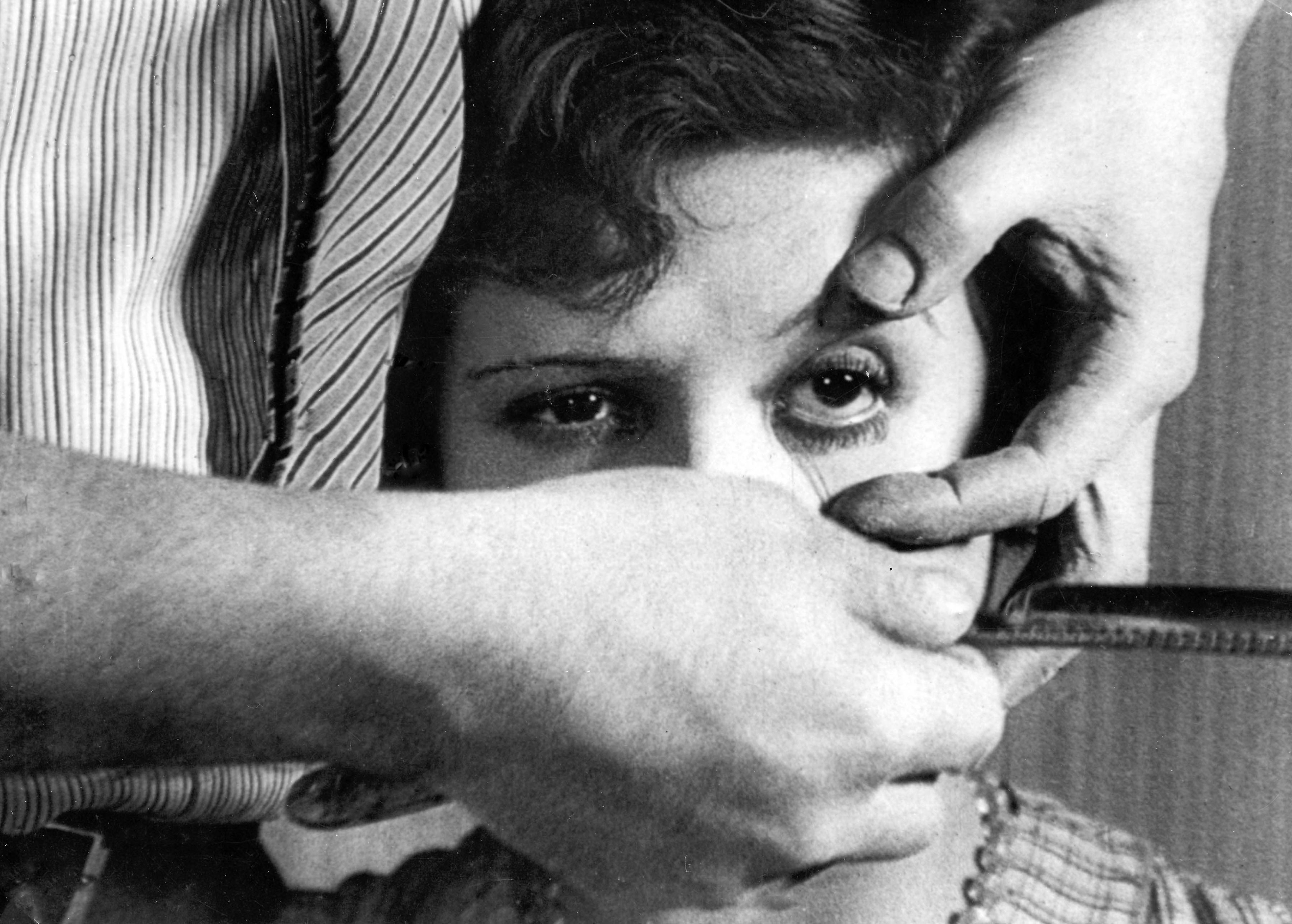
In Cinema Speculation, Tarantino describes his pleasure as a young man at being in the audience for a screening of Pedro Almodovar’s 1986 film Matador, “where a character masturbates to the goriest scenes in slasher films”. At a time when Hollywood films were becoming increasingly bland, he loved the transgressive nature of the European movies of the period. “Sitting in a Beverly Hills cinema, watching Pedro’s vividly colourful, thrillingly provocative 35mm images flickering on a giant wall, demonstrating that there could be something sexy about violence, I was convinced there was a place for me with my violent reveries in the modern cinematheque.”
As a child, the future Once Upon a Time in Hollywood director was taken by his mother to all sorts of movies that he was, in theory, far too young to see. She drew the line, though, at the 1972 Blaxploitation thriller Melinda.
“She said, ‘Well, Quentin, it is very violent. Not that I necessarily have a problem with that, but you wouldn’t understand what the story is about. So since you wouldn’t understand the context in which the violence is taking place, you would just be watching violence for violence’s sake. That I don’t want you to do.’”
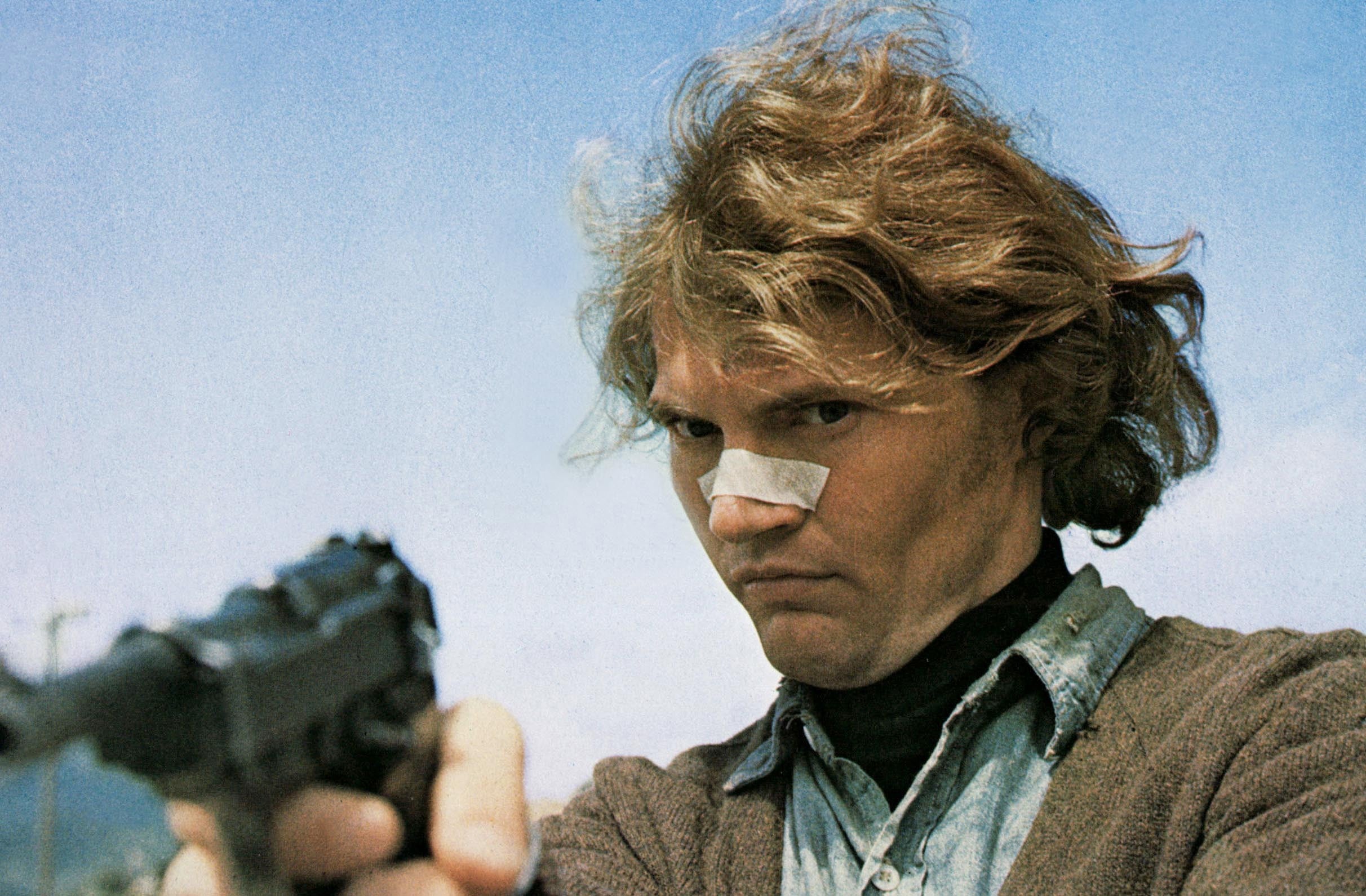
It’s an important point, well made. With violence on screen, context is everything. Whether it’s the anarchic cruelty of a Tom and Jerry kids’ cartoon, in which we might be shown a cat being electrocuted, or the juddering tension of Steven Spielberg’s Jaws (1975), when the great white shark is on the prowl, as long as audiences can see the motivation behind the violence, they will accept it. As Tarantino writes of himself as a child watching X-rated movies: “I could handle the imagery because I understood the story.” He was far more upset at seeing Bambi’s mother dying in Disney’s Bambi (1942) than at anything he saw in the most extreme exploitation pictures of the time.
Violence runs through Tarantino’s book, just as it does through his movies. He writes with great enjoyment about director Henry Hathaway throwing an old lady down the stairs in Kiss of Death (1947) and German auteur Fritz Lang hurling hot coffee in a woman’s face in The Big Heat (1953), incidents of screen sadism that have long fascinated and appalled movie critics. Tarantino believes, though, that such incidents are nothing compared with the screen brutality found in the 1970s movies of Siegel, whom he regards (approvingly) as one of the most violent directors in Hollywood history, and of Peckinpah – director of The Wild Bunch (1969).
It goes without saying that American cinema was drenched in violence long before Siegel, or indeed Tarantino, came along. This violence has always been the subject of much debate, hypocrisy and confusion.
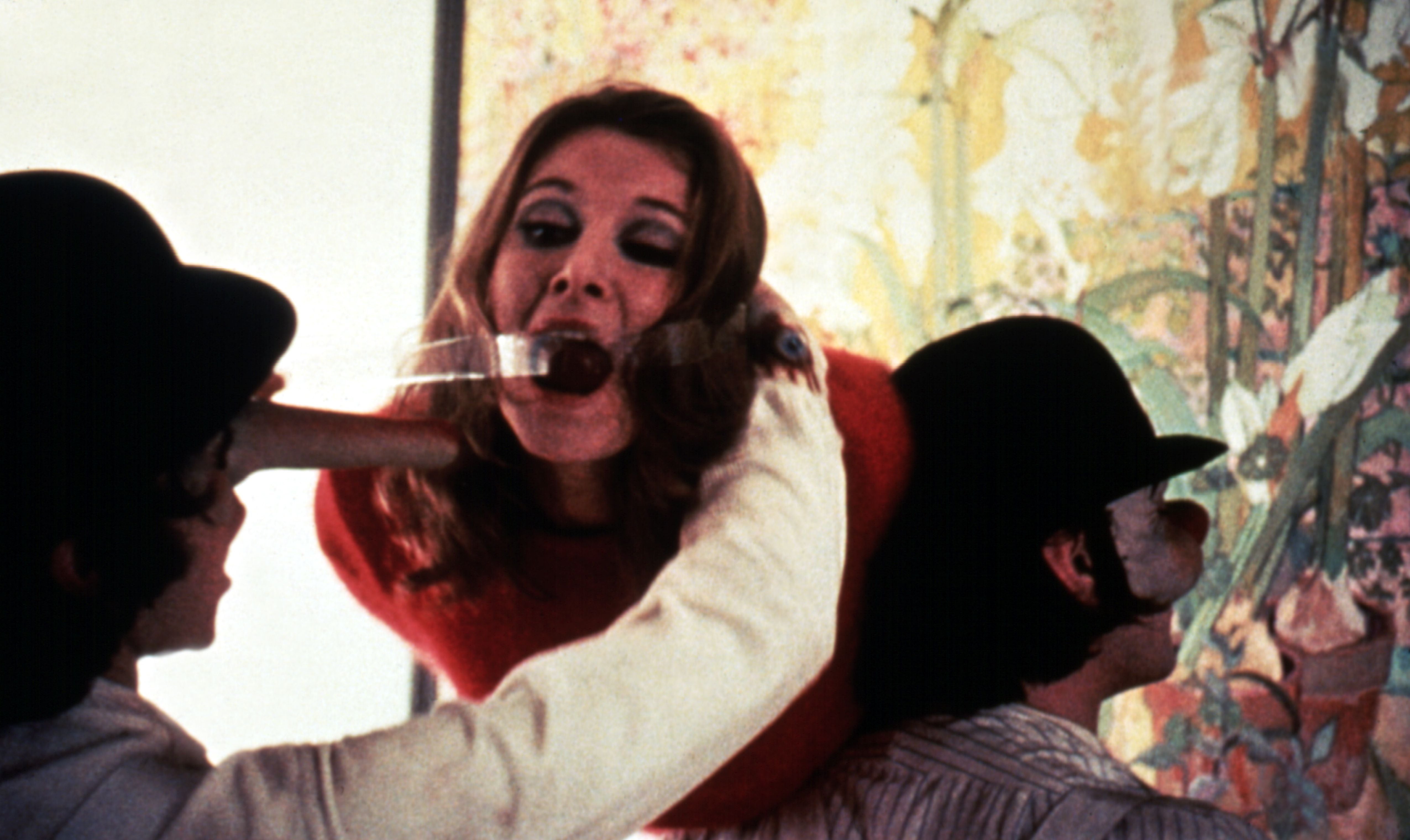
One common complaint that is addressed in This Film is Not Yet Rated, the 2006 documentary by Kirby Dick, is that US censors tend to be very confused about screen violence. They’re far more likely to give restrictive NC-17 ratings to films dealing with sexual pleasure, especially if the scenes in question depict gay men or lesbians. As John Waters, director of outrageous comedies like Female Trouble (1974) and Hairspray (1988), puts it in Dick’s film: “Violence is fine; sex isn’t.”
US filmmakers have been cheerfully filling their films with brawls, explosions, shootings and stabbings for more than a century without suffering much in the way of blowback from the censors. Tarantino makes a compelling case that the “anything goes” approach towards violence in 1970s American cinema worked; it resulted in infinitely better movies than those made in the more prim and self-conscious 1980s, when “likeability” was all-important. “If you did make a movie about a f***ing b*****d, you could bet that f***ing b*****d would see the error of their ways and be redeemed in the last 20 minutes,” he complains, referring to Hollywood’s desperation in the 1980s not to offend anyone.
The result was a string of half-hearted and predictable films that always had happy and redemptive endings. They offered nothing that even began to compare with earlier movies: the “Squeal like a pig” Ned Beatty rape scene in John Boorman’s Deliverance (1972); the climax of Peckinpah’s Straw Dogs (1971) in which the mild-mannered academic Dustin Hoffman protects his homestead from inbred Cornish psychopaths; or the “Singin’ in the Rain” mayhem unleashed by the Droogs in Stanley Kubrick’s A Clockwork Orange (1971) when they sadistically assault a writer and rape his wife.
Tarantino cites Peckinpah, who also directed Steve McQueen in The Getaway (1972), and Siegel, whose credits also include The Beguiled (1971) and Invasion of the Body Snatchers (1956), as two of cinema’s “most expert practitioners of cinematic violence”.
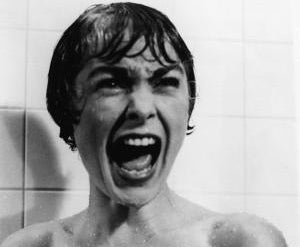
“Siegel’s violence was more about brutality than explicit bloodshed,” the director notes, contrasting it with the far more stylised, slow-motion approach favoured by Peckinpah in his western The Wild Bunch. “The spurting red blood squibs of bloody Sam were closer to liquid ballet and visual poetry painted in crimson ... the shock of The Wild Bunch wasn’t just what we saw on screen but our reaction to what we saw. It was beautiful and moving. There was a beauty to these rotten bastards opting to risk everything for a member of their team whom none of them particularly liked.”
The prose may be on the purple side, but Tarantino’s response to the violence is instructive. He looks at it in both aesthetic and narrative terms. He left it to others to count the corpses and complain about the lack of humanity and morality. As long as he was both moved and entertained, that was all that mattered.
It would be easy to find countless moments in torture porn or horror pictures far more gruesome and explicit than anything found in the work of Siegel or Peckinpah – or Tarantino. Bloodshed and brutality on screen is associated with crude exploitation pictures. However, if you draw up a list of the most memorable moments of screen violence, you will invariably find visionary directors behind them.
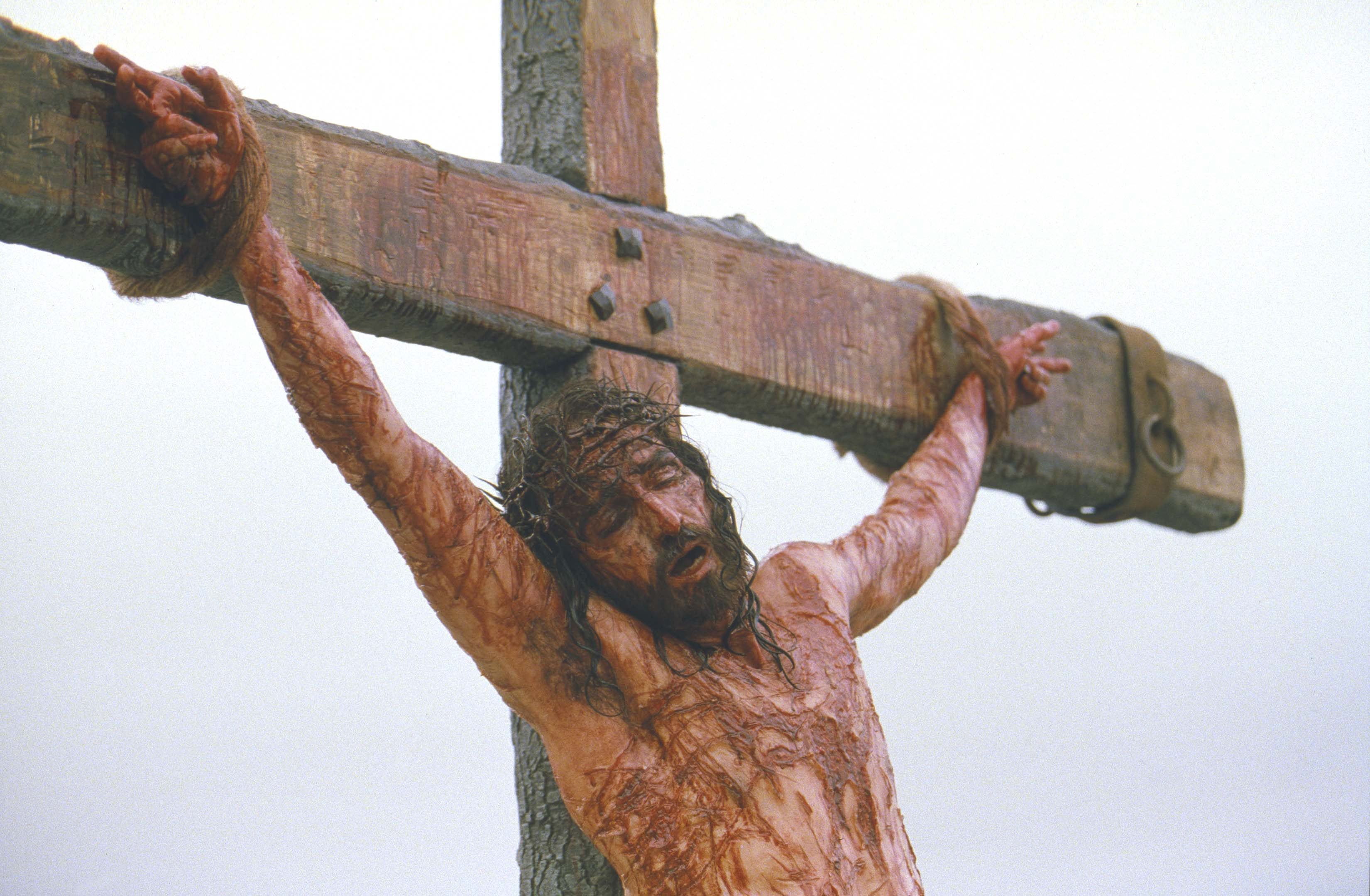
In Sergei Eisenstein’s Battleship Potemkin (1925), a pram is shown rattling past the corpses lying on the Odessa Steps. It is still hard not to be shocked by the scene in which James Cagney’s mobster shoves a grapefruit into Mae Clarke’s face in William Wellman’s The Public Enemy (1931). The terror of the shower scene in Psycho (1960) hasn’t diminished over the last 50 years. Many spectators will feel very squeamish at the cutting off of fingers in Martin McDonagh’s The Banshees of Inisherin (2022). These are all indelible images in films whose artistic integrity cannot be questioned.
Nothing in any Eli Roth cabin-in-the-woods horror movie is quite as bloody or disturbing, either, as Jim Caviezel suffering on the cross with the Romans banging in the nails in Mel Gibson’s The Passion of the Christ (2004).
This is the paradox. Fictionalised screen violence is frequently dismissed as mindless and exploitative, bad for society, and likely to inspire copycats. As Fellowes correctly points out, it has very little to do with how most of us live our lives. However, ever since the medium began, many of the most vivid and transcendent moments in movies – the scenes that audiences most cherish – have been based around acts of extreme savagery.
Quentin Tarantino’s ‘Cinema Speculation’ is available now




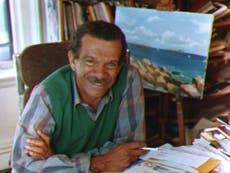

Join our commenting forum
Join thought-provoking conversations, follow other Independent readers and see their replies
Comments